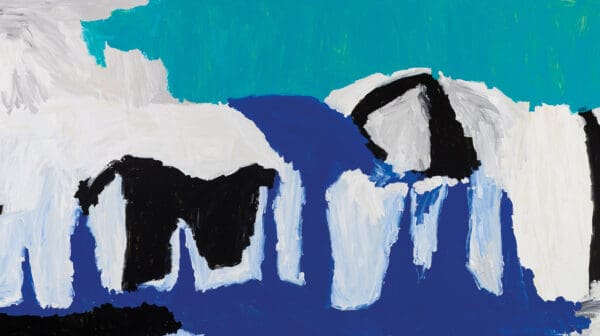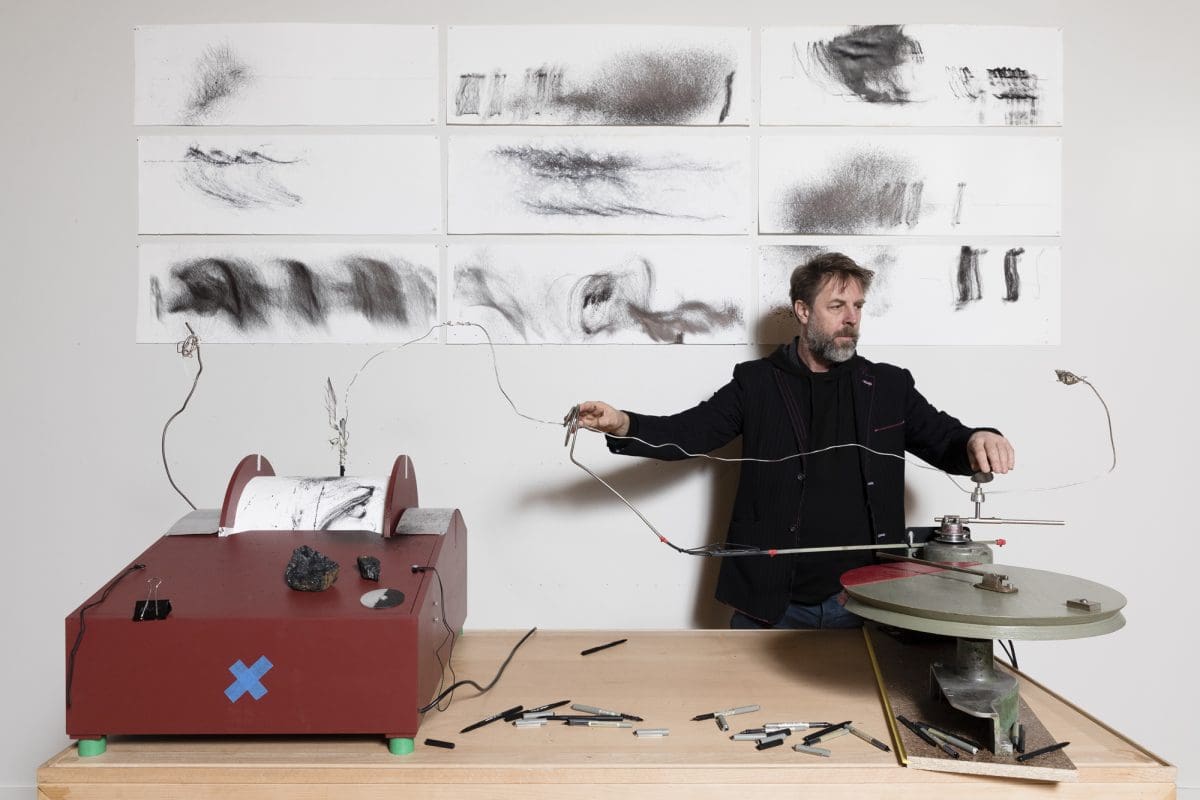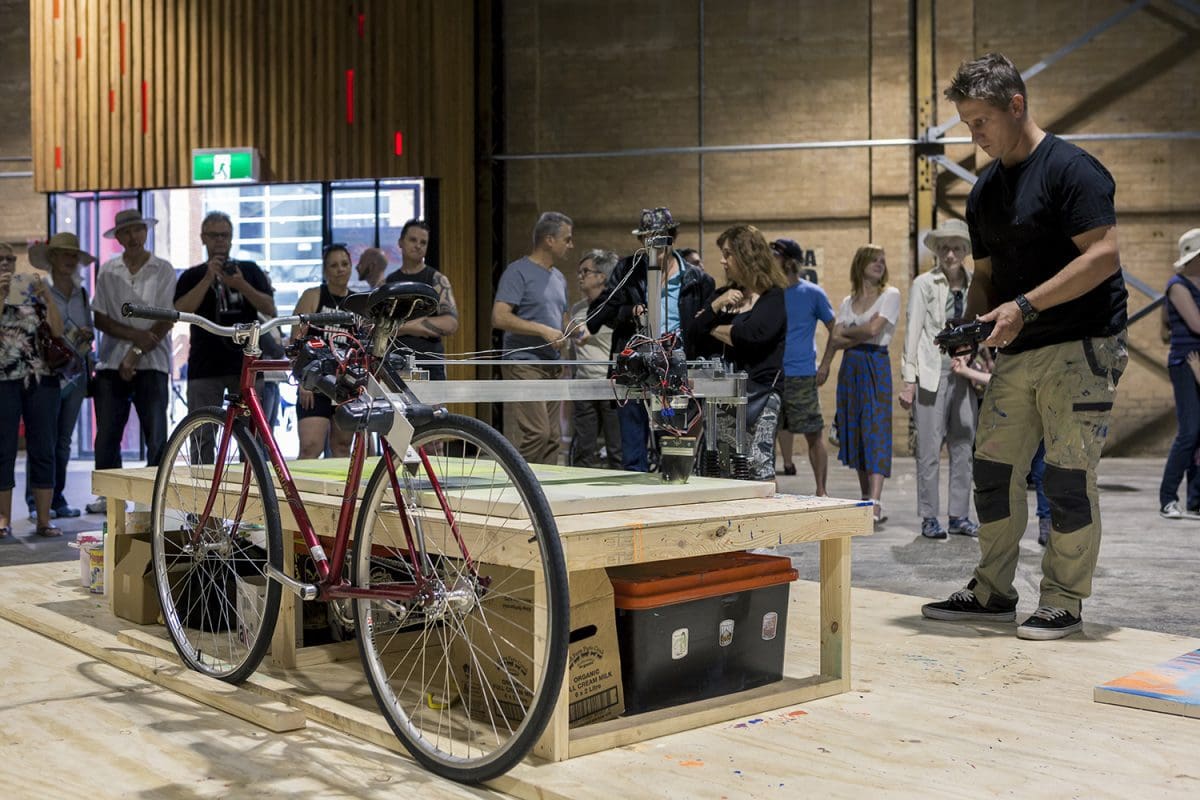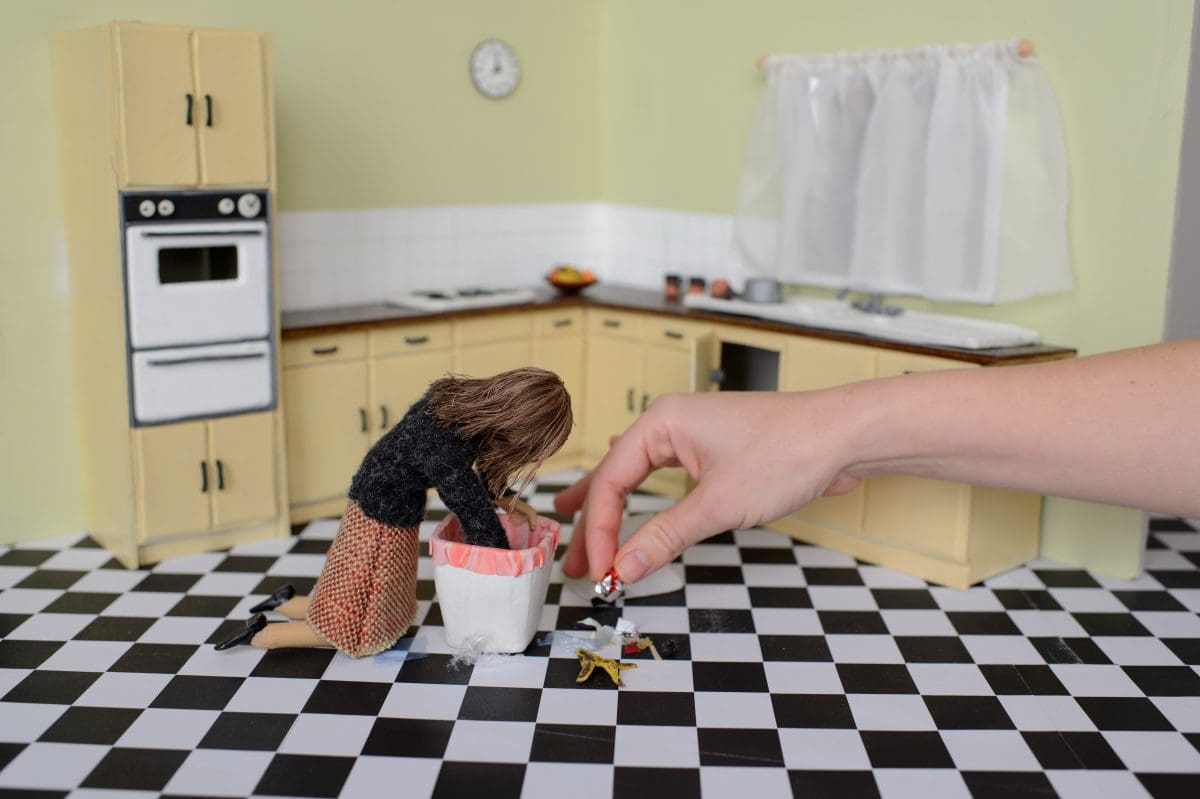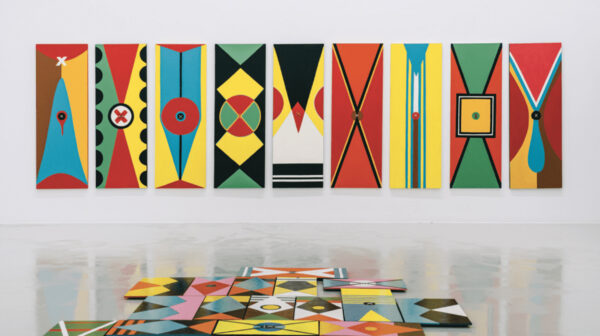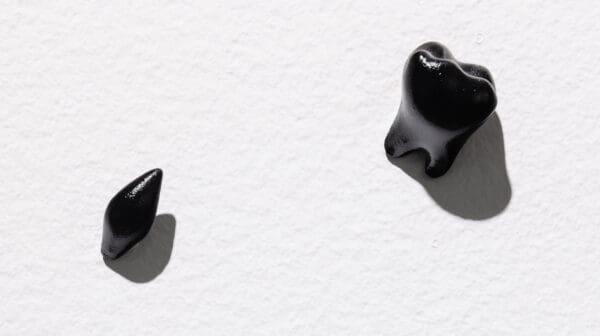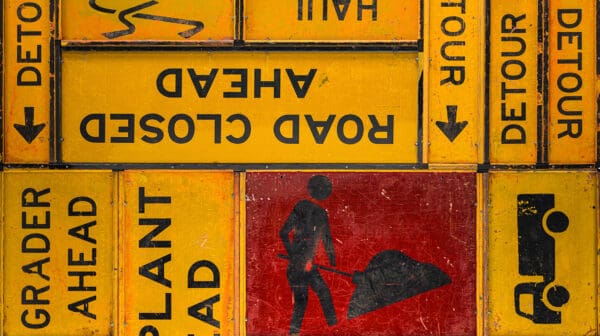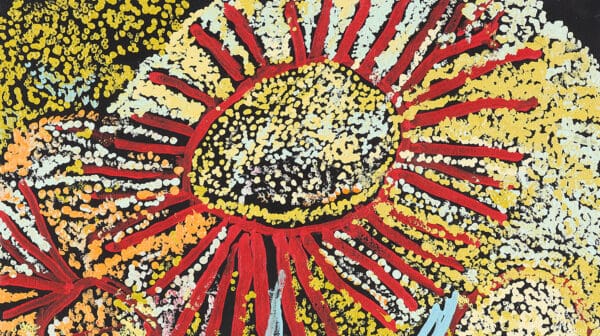In the tales of popular culture, if a character encounters an interactive robot the occasion generally brings about one of two reactions: it’s either a wondrous, life-affirming moment, or it evokes total existential terror. Rarely is a performing and semi-autonomous robot placed in a gallery context. But in Dream Machines at Hazlehurst Regional Gallery there are eight of them.
In the pursuit of harmony between technology, science and art, Dream Machines brings together a series of machine-based works by James Dodd, Cameron Robbins, Tricky Walsh, Wade Marynowsky, and collaborative duo David Lawrey and Jaki Middleton. Curated by Carrie Kibbler, the exhibition presents five ‘dream machines,’ alongside Marynowsky’s interactive robots.
Originally part of a performance titled Robot Opera, Marynowsky’s robot installation seeks to create new audience experiences. But what, precisely, does it mean for a robot to be interactive? “It’s interactive in the sense that the robots can detect people and can interact with them by triggering sound,” explains Marynowsky. “The robots also move towards humans, but the movement will be limited and people will be able to engage more with the actual electronic components and see inside the robots in a more intimate way.”
As well as expanding our experience of robots, the work further serves to push the boundaries of what we consider performance.
Part of this lies in convincing people that the robots have agency, which inevitably leads to larger questions of artificial intelligence and visions of robots taking over the planet. While this may seem hyperbolic, Marynowsky points out that “By 2020 it’s proposed that singularity will happen and that is when machines will be more intelligent than humans.”
By taking such artistic leaps, Marynowsky evokes the exhibition’s curatorial premise which seeks to promote debate. “I’m interested in deconstructing and the avant-garde notion of destroying the old and creating the new,” says Marynowsky. “People need to think differently about what contemporary art is.”
All of the works in Dream Machines challenge conventional ideas about what constitutes art. James Dodd utilised a cordless drill, simple mechanics and a bicycle in a machine that creates paintings. Tricky Walsh investigates electromagnetics, and Cameron Robbins offers a ‘dream machine’ which uses solar energy to power a motorised drawing arm.
With all kinds of ‘dream machines’ now part of our day-to-day lives, the serious side of the exhibition looks at the ethical and social questions surrounding this machinery and technology, delving into the condition of our current moment.
Dream Machines
Hazelhurst Regional Gallery and Arts Centre
22 July – 17 September
